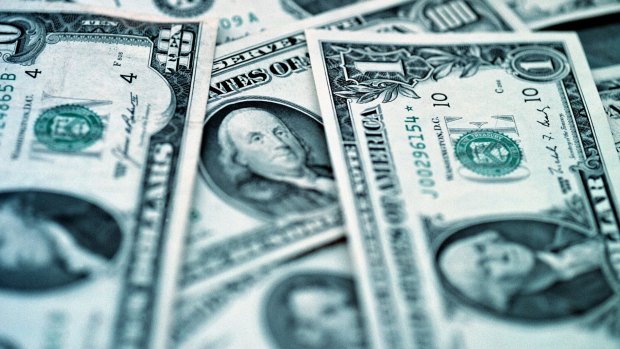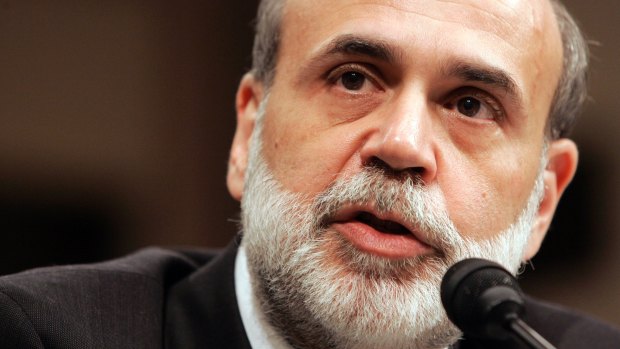By Ambrose Evans-Pritchard
The US Treasury and the Federal Reserve are both poised to start draining liquidity from the financial system, threatening a bout of dollar scarcity and a potential shake-up of currency markets over coming months.
The twin shift in policy is likely to tighten the availability of credit and send a strong impulse through Wall Street and global bourses, though whether it will be powerful enough to dampen asset prices in the current exuberant mood is an open question.

After the last big showdown in September 2015 there was an abrupt monetary squeeze as the cash buffer rose, causing the dollar to rocket with a slight delay.Credit: Phil Carrick
"As we approach the fourth quarter, dollar scarcity could return as a theme. The forthcoming tightening of US liquidity is not fully reflected in market pricing," said Christin Tuxen and Jens Naervig Pedersen from Danske Bank.
The pair said the US Treasury had run down its cash balance sheet to almost zero this year as it neared the federal debt ceiling fixed by law. This had increased the US monetary base, which surged by 9 per cent in the first quarter alone.

Former Fed chief Ben Bernanke warned it would be safer to concentrate on raising interest rates first.Credit: AP
The Treasury has stated that it wishes to maintain a cash buffer of $US500 billion ($628.6 billion) in normal times as a reserve to cover terrorist strikes, natural disasters, market shocks, or other emergencies. But as it builds the cash balance - by making a permanent -deposit at the Fed - it automatically tightens monetary policy.
Assuming that the limit is raised this autumn after a tense few weeks of brinkmanship in Washington - likely, but far from certain - the US Treasury is expected to replenish the buffer rapidly. Danske Bank estimates that this could drain $US350 billion of market liquidity over the following four months and set off a dollar rebound.
What makes the US Treasury actions doubly potent this time is that the Fed is about to pull the trigger on "quantitative tightening" (QT) at exactly the same time, taking the first steps to wind down its $US4.4 trillion balance sheet after almost a decade of ultra-stimulus.
"This will not be a walk in the park," said Danske Bank.
Tightening by the Treasury is a time-honoured pattern following debt-ceiling episodes. After the last big showdown in September 2015 there was an abrupt monetary squeeze as the cash buffer rose, causing the dollar to rocket with a slight delay.
This dollar appreciation had all kinds of secondary effects. It set off a capital flight problem in China at a vulnerable moment; it aggravated the oil price crash; and it led to the sharp sell-off on global stock markets in early 2016.
That mini-drama must be interpreted with care: "correlation is not causality" - as the saying goes - and the circumstances are different today. Yet lack of dollar liquidity clearly played a central role in those events.
As for the Fed, it will start by selling $US10 billion of bond holdings each month - possibly as soon as this month - rising in stages to $US50 billion a month after a year.
This will not be a walk in the park.
Danske Bank
"This will lead to a corresponding fall in US liquidity and completely alter the composition of high-quality liquid assets to be used in the calculation of banks' liquidity coverage ratio," said Danske Bank.
Nobody knows what will happen when the Fed unwinds quantitative easing. Officials have insisted that it will be as dull as "watching paint dry".
But former Fed chief Ben Bernanke warned it would be safer to concentrate on raising interest rates first.
The Daily Telegraph, London